
The International Council for Respiratory Care (ICRC) consists of 28 Governors dedicated to increasing the exchange of information among respiratory professionals worldwide. Since the early 1990s, they have worked tirelessly to improve the practice of respiratory care through the dissemination of educational programs, practice guidelines, and other resources. When COVID-19 hit early last year, the ICRC proved to be a ready-made way for them to communicate their pandemic experiences and expertise quickly and easily.
Four ICRC Governors share their COVID-19 stories with us here.
Where it all began
Liang (Jimmy) Xu, MD, is director of the critical care department at Wuhan Wuchang Hospital in Wuhan, China. As such he was one of the first in the world to learn of the novel coronavirus and see the devastating effects it could have on those who were afflicted with it.
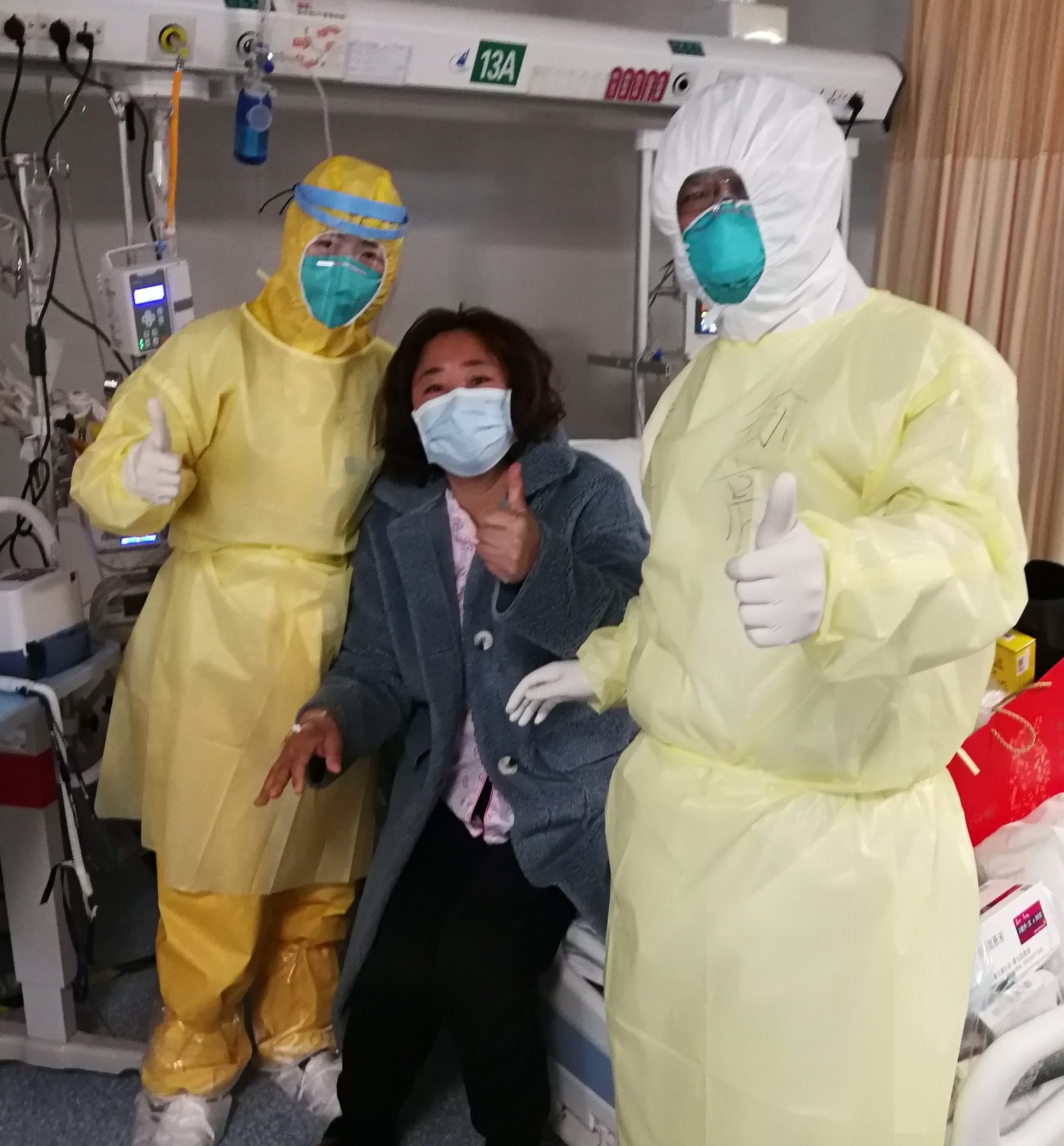 ICRC Governor at Large Liang (Jimmy) Xu, right, joins the head nurse in his ICU, left, in issuing a big thumbs up for the first critically ill COVID-19 patient discharged from their hospital in Wuhan, China.
ICRC Governor at Large Liang (Jimmy) Xu, right, joins the head nurse in his ICU, left, in issuing a big thumbs up for the first critically ill COVID-19 patient discharged from their hospital in Wuhan, China.According to Dr. Xu, clinicians in China were introduced to the virus by Dr. Wehliang Li, who raised the initial red flag that this could be something the world had never seen before. An ophthalmologist, he sent what he thought was a private message to a group of fellow physicians on Dec. 30, 2019, warning them that an illness similar to SARS had broken out in Wuhan.
As the media has widely reported, Dr. Li was subsequently forced to sign a document stating he made false statements in that email, but it soon became apparent to the entire planet that he did not. Unfortunately, Dr. Li succumbed to COVID-19 on Feb. 7. He was just 33 years old.
While the drama was playing out, Dr. Xu, an ICRC Governor-at-Large, wasted no time making sure his critical care department would have what it needed to deal with the impending crisis.
“We thought it was quite unusual when we saw more and more cases of viral pneumonia,” he said. “I suggested to the president to buy more masks, ventilators, and other equipment, and we did it.” He credits his hospital president, Dr. Zhiming Liu, who unfortunately succumbed to the virus on Feb. 18, for taking swift action to ensure the hospital would be prepared.
“We identified patients with viral pneumonia, placed these patients in a separate ward, and transferred the most severely ill patients to the ICU for treatment,” continued Dr. Xu. As they learned more about the virus and saw what did and didn’t work for these patients, he says they began to make changes in their plan of care. “We used various technologies rationally, such as high-flow oxygen therapy, NIV, early prone ventilation, endotracheal intubation for timely invasive mechanical ventilation, and even ECMO,” he said.
Those initiatives paid off for the hospital and its COVID-19 patients. “Through our efforts, the mortality rate of COVID-19 patients had been significantly reduced,” Dr. Xu said.
Throughout it all, he stayed connected with his ICRC colleagues via electronic communications whenever possible, sharing experiences that would prove invaluable as the virus began spreading worldwide. “We discussed many clinical issues,” he said.
One patient became many
The virus may have originated in China, but it soon made its way into other nations as well. Italy was especially hard hit.
“On Feb. 20, a 38-year-old man was hospitalized in a small town near Lodi and diagnosed with SARS-CoV-2 pneumonia. A few hours later, more people showed up with the same diagnosis,” said Simone Gambazza, MSc, PT, a physiotherapist from Milan and ICRC Governor for Italy. “That is how it started.” Gambazza gathered information from several members of the Italian society for respiratory physiotherapy, ARIR, for our story.
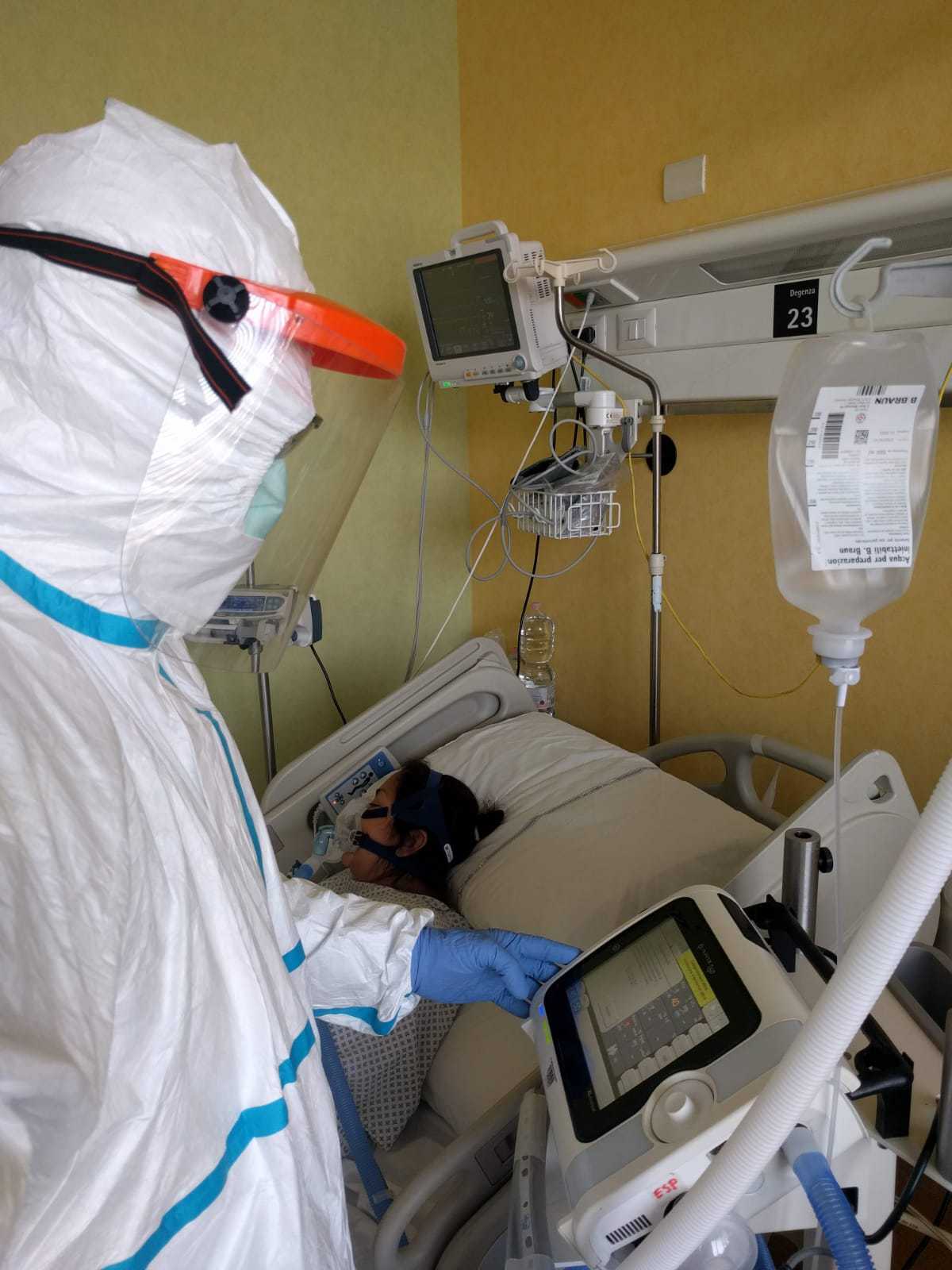 A respiratory physiotherapist in a COVID-19 dedicated high-dependency unit in Milan, Italy.
A respiratory physiotherapist in a COVID-19 dedicated high-dependency unit in Milan, Italy.According to ARIR President Marta Lazzeri, PT, hospitals quickly began to rearrange their wards and create specific care pathways for those with the virus. While the involvement of physiotherapists was not consistent across hospitals, those with specialty training in respiratory care were involved in the care patients received.
The health care emergency created by the virus revealed a need to better coordinate services within the health care system, particularly in terms of collaboration between local services and hospitals, and public and private facilities, said Emilia Privitera, MSc, PT, from the ARIR board of directors. “We have witnessed the difficulty in quickly converting beds to the care of the acute patient with respiratory problems and the lack of the necessary technologies,” she said. The scarcity of health professionals such as intensivists and respiratory physiotherapists was highlighted by the pandemic.
Mara Paneroni, MSc, PT, another ARIR board member, reports that many hospitals have now revised their organizational plan pertaining to physiotherapists, increasing their numbers in critical areas, and shifting to longer working hours and the 7/7-day shift to ensure needs can be met.
Gambazza says the ARIR worked with other medical societies, including the European Respiratory Society, to produce and publish recommendations on PPE and how to use it correctly, along with guidance on the management of COVID-19 in the acute and post-acute care settings. “Despite the scarcity of scientific evidence resulting from the absolute novelty of the disease, but thanks to the support of previous knowledge about respiratory physiopathology and respiratory care, networking has allowed each professional to be closer one to another,” he said.
The ARIR has continued to work closely with international colleagues, including those from the ICRC, throughout the pandemic as well. ARIR Vice President Andrea Lanza, MSc, PT, says a position paper on the management of the acute phase of COVID-19 was produced by the ARIR in March and disseminated to colleagues from around the world.
An international webinar that took place more recently drew 800 participants. “Thanks to the participation of the ICRC President Daniel Rowley, we had the unique experience of the U.S. as well, mixing the expertise of respiratory therapists with the one from respiratory physiotherapists,” he said.
The 3T strategy
South Korea is regularly mentioned in news reports as one of the countries that has handled the COVID-19 pandemic better than most. As a professor in the department of anesthesiology and pain medicine at Seoul National University College of Medicine, Kook Hyun Lee, MD, PhD, ICRC Governor for South Korea, has seen the process unfold.
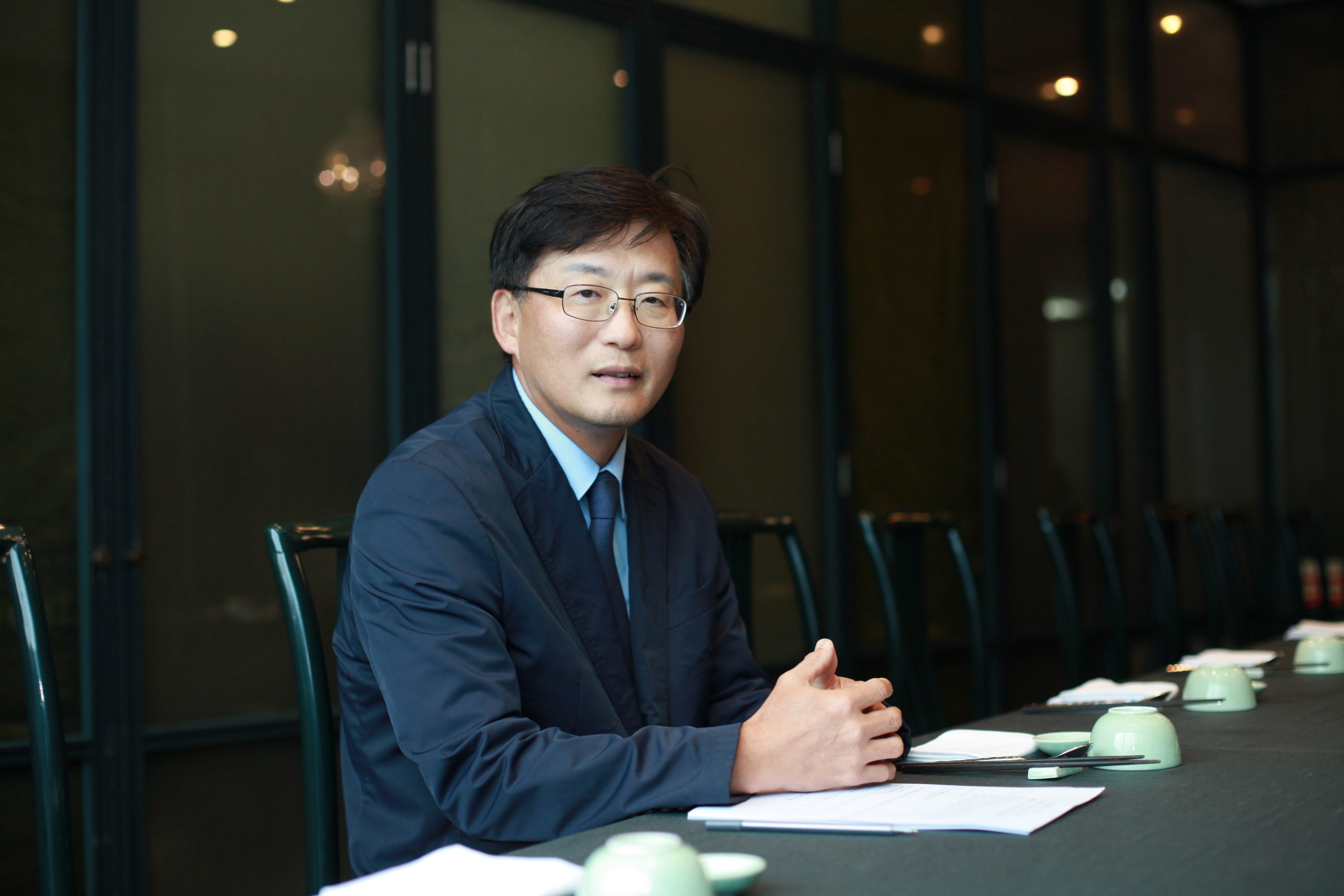 Kook Hyun Lee is ICRC Governor for South Korea.
Kook Hyun Lee is ICRC Governor for South Korea.“In Korea, application of the testing-tracing-treatment strategy, or ‘3T,’ was initiated by the national and municipal government at the beginning of COVID-19 on Jan. 20,” explains the physician. A COVID-19 Rapid Response Team was formed in the larger cities to manage the situation. Consisting of epidemiologists, judicial police, and public health officers, the team worked to implement a system of preemptive testing and quarantine to keep the virus in check. Due to a low fatality rate and declining trend in cases by early May, respiratory professionals treated COVID patients who were transferred to the general and tertiary university hospitals.
Dr. Lee says the first clustered outbreaks in South Korea occurred in March and were linked to a call center and a large church. Second and third outbreaks took place in August and at the end of December. “During the first 100 days of the COVID-19 pandemic in Korea, the 3T strategy was very effective to lower the confirmed cases and transmission rate,” he said. “However, proportions of infected patients with unknown origin increased, since there are many asymptomatic cases of COVID-19 in the healthy population.”
He believes the willingness of the South Korean people to adhere to mask wearing and other infection control measures has made a difference in his country and can be traced in part back to the nation’s previous experience with a Middle Eastern Respiratory Syndrome outbreak in 2015. Dr. Lee credits the government control system for the success as well.
“Compared with other countries, the Korean COVID-19 fatality and transmission rate is low by the early establishment of a government control system which can be applied to the population,” he said. He notes other countries that implemented similar prevention measures early on also had good results.
Dr. Lee is looking forward to sharing South Korea’s experience with his colleagues in the ICRC via the Council’s 2021 business meeting on Zoom and says he has learned to be more flexible about considering input from other respiratory professionals via other ICRC meetings that have taken place. He also believes the pandemic has furthered the online web seminar concept, and that is good news for all going forward.
“I expect regular e-lectures and a continuing education will help communicate with worldwide professionals via the platform of ICRC,” Dr. Lee said. “Many bedside practices and tasks in my country need to be standardized and renewed by advanced education and leadership. I believe mutual understanding and support is vital to set up the right model of respiratory care.”
RTs rise to the occasion
While isolated cases of COVID-19 were identified in India during the early weeks of the pandemic, Jithin Sreedharan, BScRT, MScRT, FISQua, FNIV, (PhD), said the government didn’t officially recognize the outbreak until March of last year. “Almost in the span of a month India confirmed 10,000 active cases and 500 confirmed deaths and 1000 recoveries,” he said. “On the 24th of March, the country went on a 21-day nationwide lockdown, limiting movement of the entire 1.3 billion population of India as a preventive measure.”
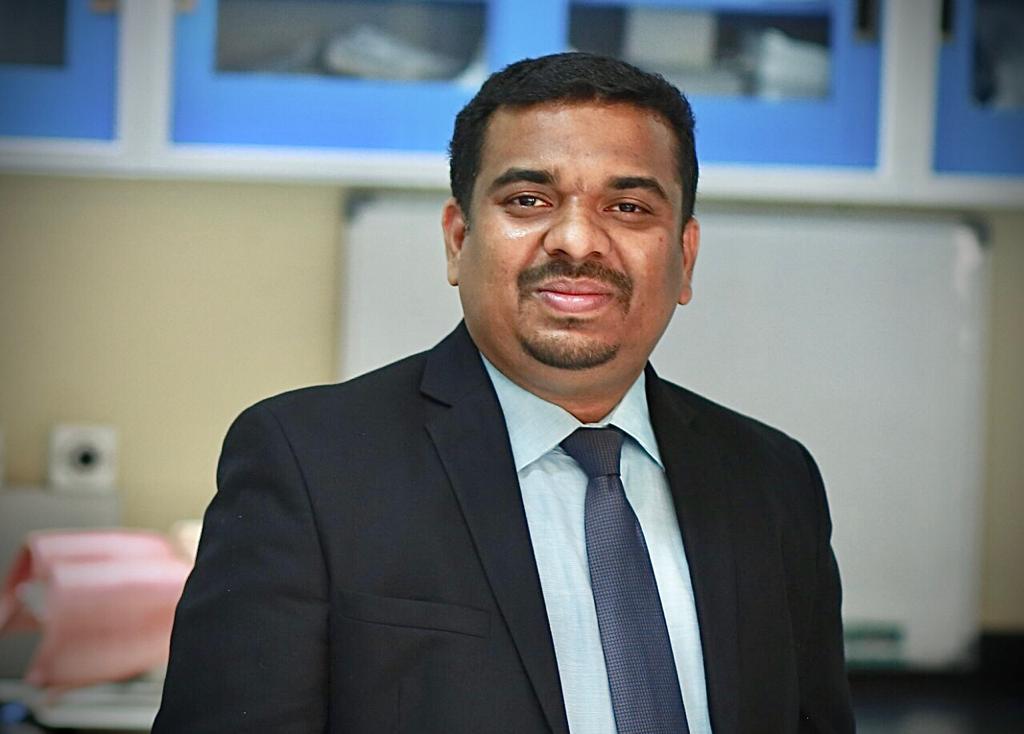 Jithin Sreedharan is the ICRC Governor for India.
Jithin Sreedharan is the ICRC Governor for India.Dr. Sreedharan, who is general secretary of the Indian Association of Respiratory Care (IARC) and ICRC Governor for India, credits the nation’s respiratory therapists, who, until the pandemic, were not well known in his country, with rising to the occasion. In addition to conducting numerous webinars on the basics of respiratory care — ventilator and airway management, oxygen therapy, rehabilitation techniques, and the like — they formed a team to introduce module-based training sessions through the government’s integrated online learning platform and launched a series called “Respiratory Care Made Easy” on their YouTube channel.
They got the word out to the community about preventative measures as well through their social media platforms and enlisted the help of final year RT students, interns, and postgraduate students in the fight against the virus. An emergency helpline number and databank of available RT services were established as well.
On the clinical side, hospitals and health care settings recognized the RT’s scope of practice and opened the doors for them on what he calls a “war footing approach.” They were able to take the lead in supporting the ICU team and were well received for their efforts.
“Many of their anecdotal experiences shared with IARC included the importance of steroids, noninvasive respiratory supports, variant practice from conventional low volume ARDS ventilation, the disease pathology, with various theories behind the need for thromboprophylaxis, etc. — and all these were widely appreciated and circulated through micro and macro communications,” Dr. Sreedharan said.
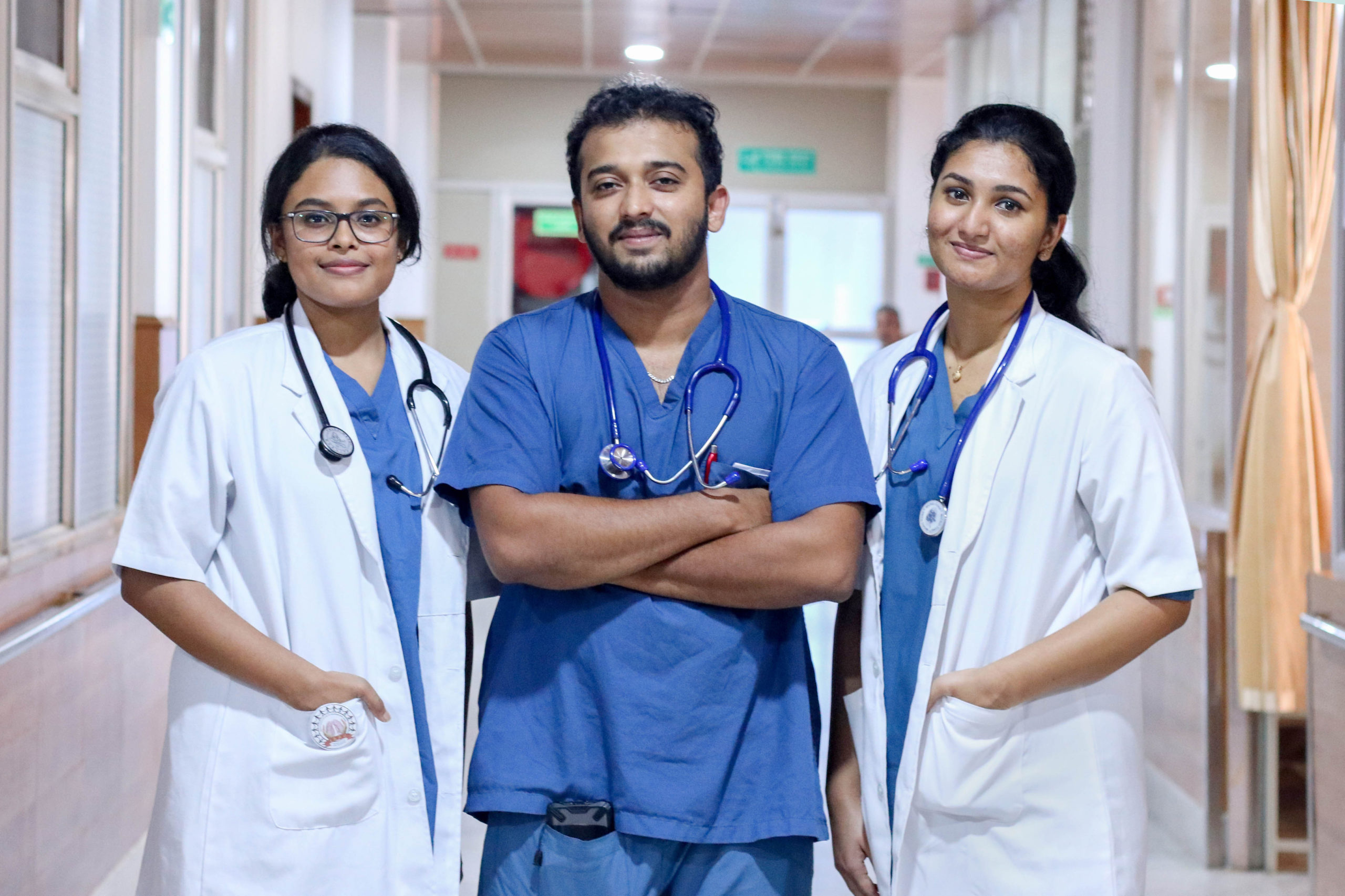 Indian clinicians worked hard to ensure quality care for their patients.
Indian clinicians worked hard to ensure quality care for their patients.The Indian Society of Critical Care Medicine soon approached IARC to offer two collaborative educational programs as well. The Fellowship in Advanced Respiratory Care and Advanced Certification in Respiratory Technology are both helping to increase respiratory care knowledge and expertise in India.
The ICRC has been there for Indian RTs throughout the pandemic, not only in terms of best practices, but also in terms of their personal welfare. “The ICRC pioneer leadership team supported us for rapidly reconfiguring our well-being priorities to meet the biggest new drivers of stress in a crisis setting,” he said. “Extensive webinar sessions were geared to setting up peer support connection groups in which RTs from across the globe can support one another and discuss ongoing challenges and share their success stories.”
Despite all its challenges, Dr. Sreedharan believes India has weathered the COVID-19 storm well. “The government of India has moved with a meticulously planned roadmap in its fight against coronavirus,” he said. ”Under the coordinated approach of the central government and state governments, the nation took quick and decisive action and adopted a holistic and integrated approach, in the absence of which the country’s situation could have been drastically different from what it is now.”
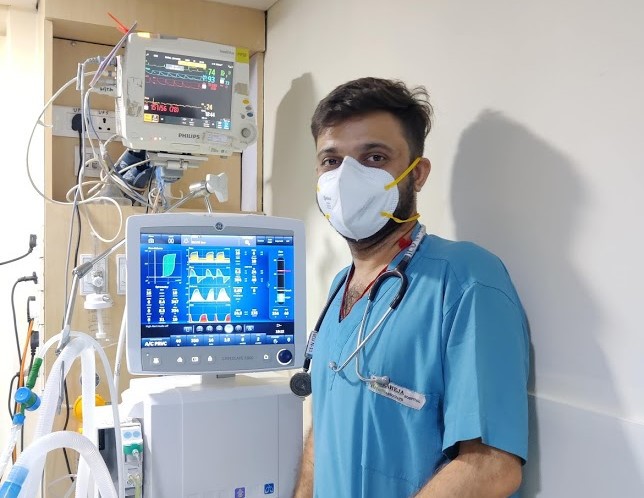 The pandemic has raised awareness of the key role RTs play in the health care system in India.
The pandemic has raised awareness of the key role RTs play in the health care system in India. It’s worth noting that while India is second in the world in terms of cases, it is third in terms of deaths, and at the beginning of this year had seen cases drop over the previous three months. “The war against the virus is still raging,” admits Dr. Sreedharan. “But the country has gained great confidence from the exceptional patience of its people, the quick response of public authorities, and from its trust in the government and health care system.
Common ground
In one respect or another, the COVID-19 pandemic has touched everyone on the planet by now and getting to the end of the battle with this virus is going to take the concerted effort of the entire world. As these ICRC Governors can attest, in a situation like this, communication is everything. The International Council for Respiratory Care represents one especially important conduit for the steady flow of information respiratory professionals need to find common ground.
Learn more about the ICRC in this AARC Newsroom interview with the new ICRC president, Daniel D. Rowley, MSc, RRT, RRT-ACCS, RRT-NPS, RPFT, FAARC.
Email newsroom@aarc.org with questions or comments, we’d love to hear from you.














